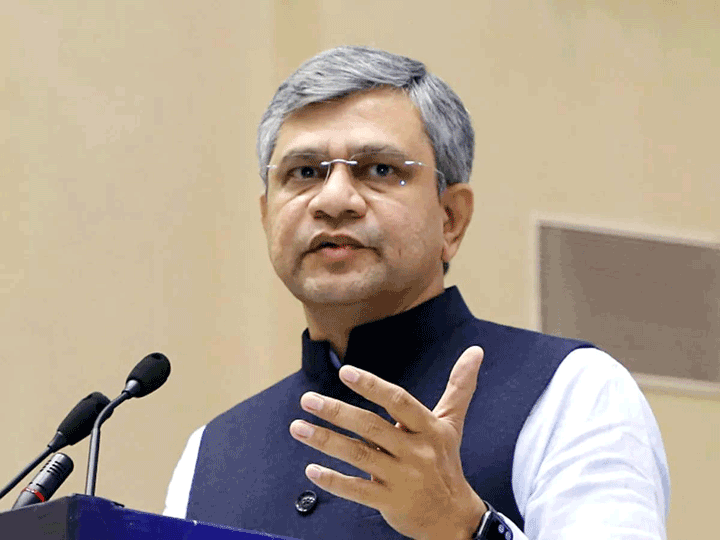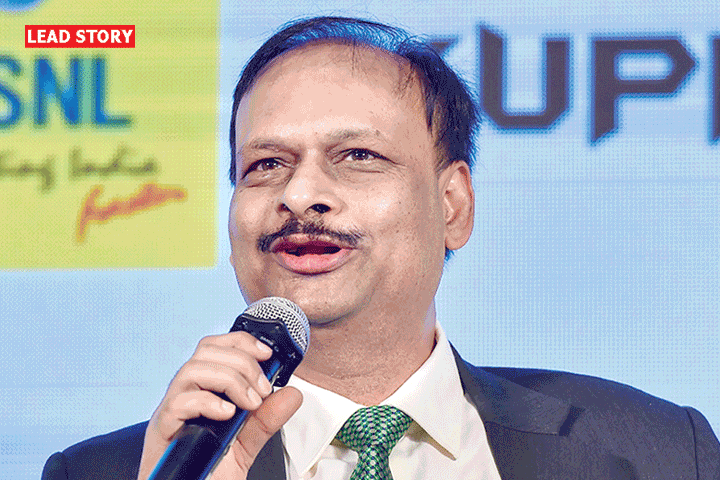India yet to identify newer bands, set to miss 5G bus
India is set to miss the ‘5G bus’ following the lack of preparedness, unavailability of sufficient spectrum, absence of encouraging use cases, and uncertainty around radiowaves sale for the next generation of telecom services.
“The Department of Telecommunications (DoT) is yet to and form relevant study groups and revise the National Frequency Allocation Plan (NFAP) 2018 to include more bands including mmWave frequencies as a part of 5G roadmap,” an industry executive aware of the developments said.
In the past, Prime Minister Narendra Modi-led government maintained that it “won’t afford to miss 5G bus” like in the case of 2G, 3G, and 4G technologies
that were deployed in India way later than many countries.
The executive further said that the quantum of spectrum availability in the 3300 – 3600 Mhz range also remains uncertain, while the department has not sought views on 26 GHz from the regulator despite agreeing to its viability for the commercial launch of fifth-generation or 5G networks.
Due to the lack of preparedness and financial stress plaguing the industry, the department is, however, is considering to hold an auction in as many as seven bands valued at nearly Rs 3 lakh crore later this year, excluding the one recommended by the regulator 5G services.
The Centre was eyeing to leverage high-speed data networks for citizen-centric services as a part of the ambitious Digital India program.
Backed by the Centre, the high-level 5G Forum headed by the US-based Stanford University’s AJ Paulraj anticipated the first 5G commercial launch by 2020, while suggesting that most guidelines on regulatory matters be promulgated by March 2019 to facilitate early 5G deployment.
In 2018, the forum also recommended the additional radio waves for the next generation of services.
The Delhi-based telecom lobby group has already written thrice to the department on the need to review the national frequency strategy to achieve 5G goals.
In a letter dated May 12, 2020, the Cellular Operators Association of India (COAI) asked to initiate a process by constituting a committee together with industry representation to review NFAP for incorporation of new bands.
The outcome of the World Radio Communications (WRC)- 2019, the group said was pragmatic, which has identified or mmWave or sub 24 GHz bands for International Mobile Telecommunications (IMT).
WRC is a worldwide forum to identify frequency bands for various geographies.
The executive said that the DoT should form a committee under the Telecom Secretary with representation from the Wireless Planning & Coordination (WPC) top officials to review the WRC-19 outcome.
17.25 GHz of the spectrum has been identified that includes 14.75 GHz spectrum which is harmonised worldwide.
“The forum also took measures to appropriately protect the Earth Exploration Satellite Services (EESS) as well as meteorological services in alongside bands but the Indian government needs a review and proper documentation,” the person aware of the matter added.
The industry has been demanding newer bands since they believe that it could be best to put on use for 5G, and any further delay may lose it to any other sector or agency or the Department of Space (DoS) may stake a claim.











